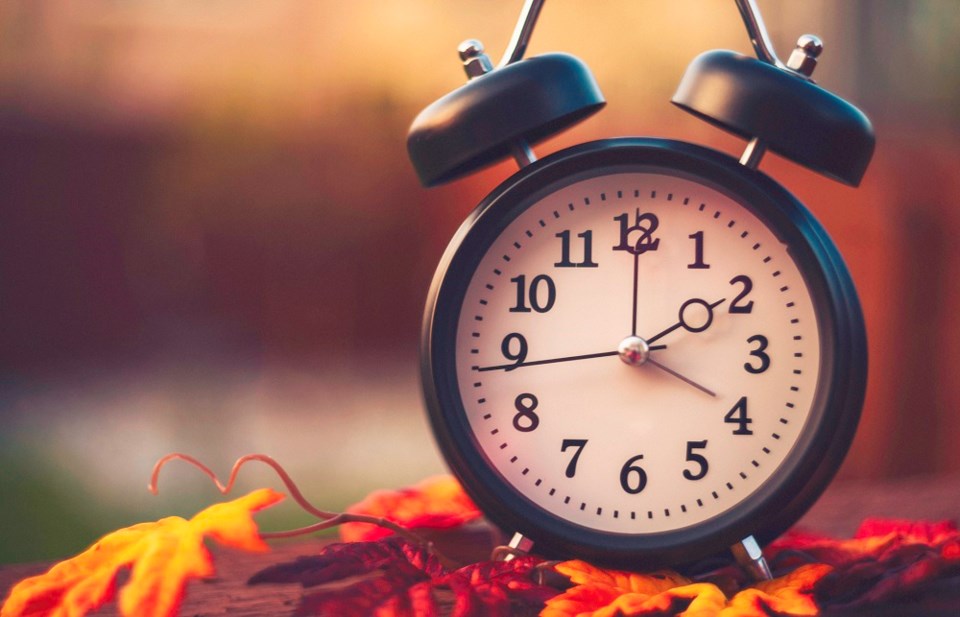B.C. residents are set to gain an extra hour of sleep early Sunday morning, Nov. 5, as daylight saving time will come to an end.
At 2 a.m. on Sunday, the clocks will go back 60 minutes across most of the province — except for the Kootenay and northeast regions, which will stay on Mountain time.
But how much longer B.C. will continue to practice "falling back" is still up in the air.
In 2019, the provincial government passed legislation to make daylight savings time permanent and avoid changing clocks twice a year.
However, the legislation will kick in once all of the American states in the Pacific time zone — Washington, Oregon and California — follow suit.
The move south of the border requires approval of U.S. Congress.
According to a record-breaking public engagement survey in 2019, 93 per cent of more than 223,000 British Columbians who responded said they would support the change.
Stay alert
In B.C., the time change signals the winter months are fast approaching despite the cold, windy conditions already in play amid several rain and snowfall warnings.
It also means darkness will reign true for most of the day and officials are reminding the public to take extra precautions, especially when heading out on the road.
ICBC says the darker hours may make it difficult for pedestrians and drivers to see each other.
On average, the provincial agency says 44 per cent of crashes involving pedestrians each year take place between October and January.
RCMP have also provided the following tips to avoid pedestrian collisions:
Pedestrians
- Make eye contact with drivers before crossing the street. Do not assume a driver has seen you.
- Dress to be seen in bright or reflective clothing especially at night and on dark/overcast days.
- Use a crosswalk, a majority of the fatal pedestrian collisions involve jaywalking.
- Walk on the inside edge of the sidewalk so you are further away from traffic.
- If there is no sidewalk, walk facing traffic so you can see oncoming vehicles.
- Make sure you can hear and see oncoming cars. Remove your headphones and your hood when crossing the street.
- Always look for signs that a vehicle is about to move (rear lights, exhaust smoke, sound of motor, wheels turning).
Drivers
- Focus on the road. Always leave your phone alone while driving.
- Be ready to yield to pedestrians, especially when turning at intersections and near transit stops.
- If a vehicle has stopped in front of you or in the lane next to you, it may be yielding for a pedestrian.
- Expect the unexpected, even mid-block, as pedestrians may be jaywalking.
- Slow down. Give yourself more time to react to the unexpected, like a pedestrian that suddenly appears in front of you.



